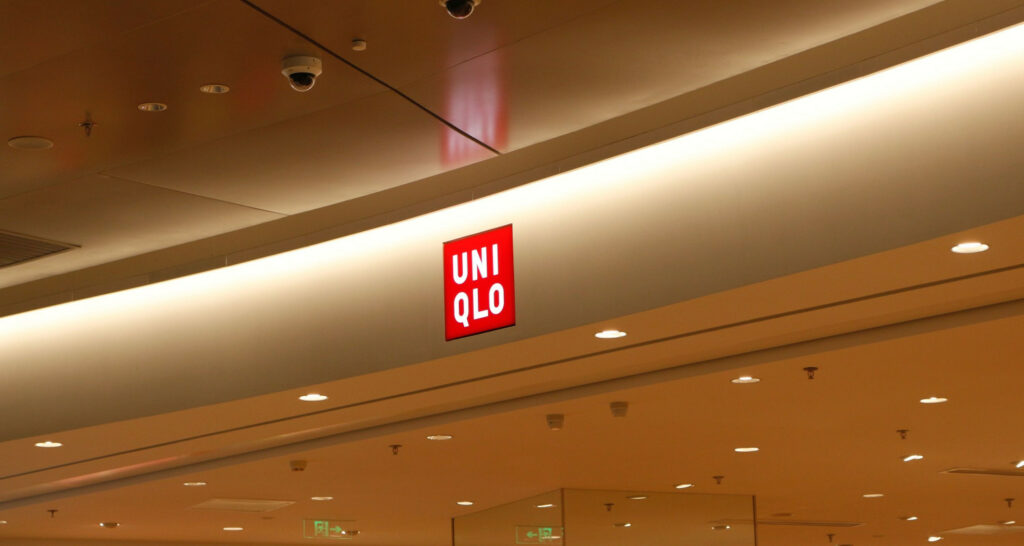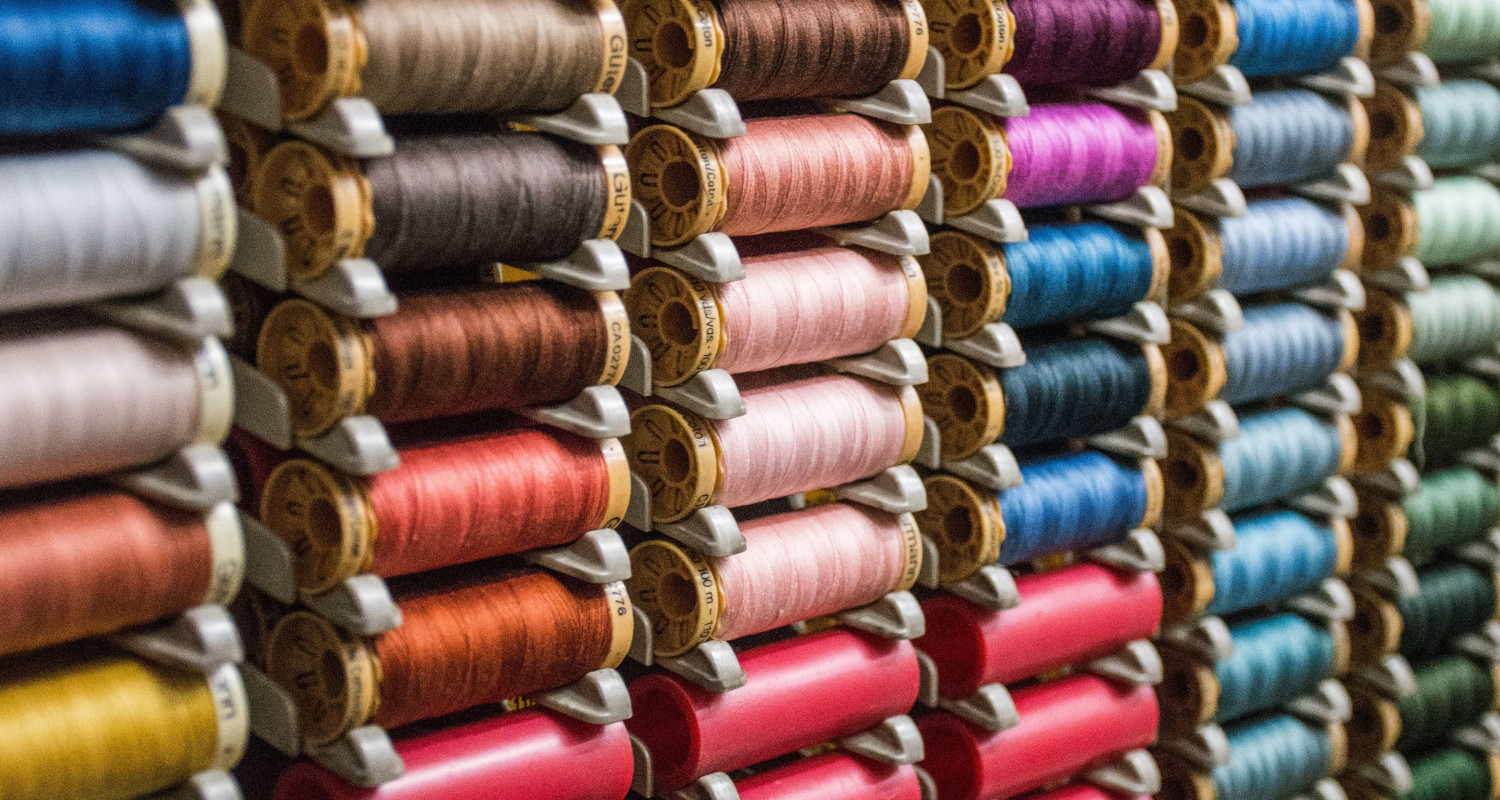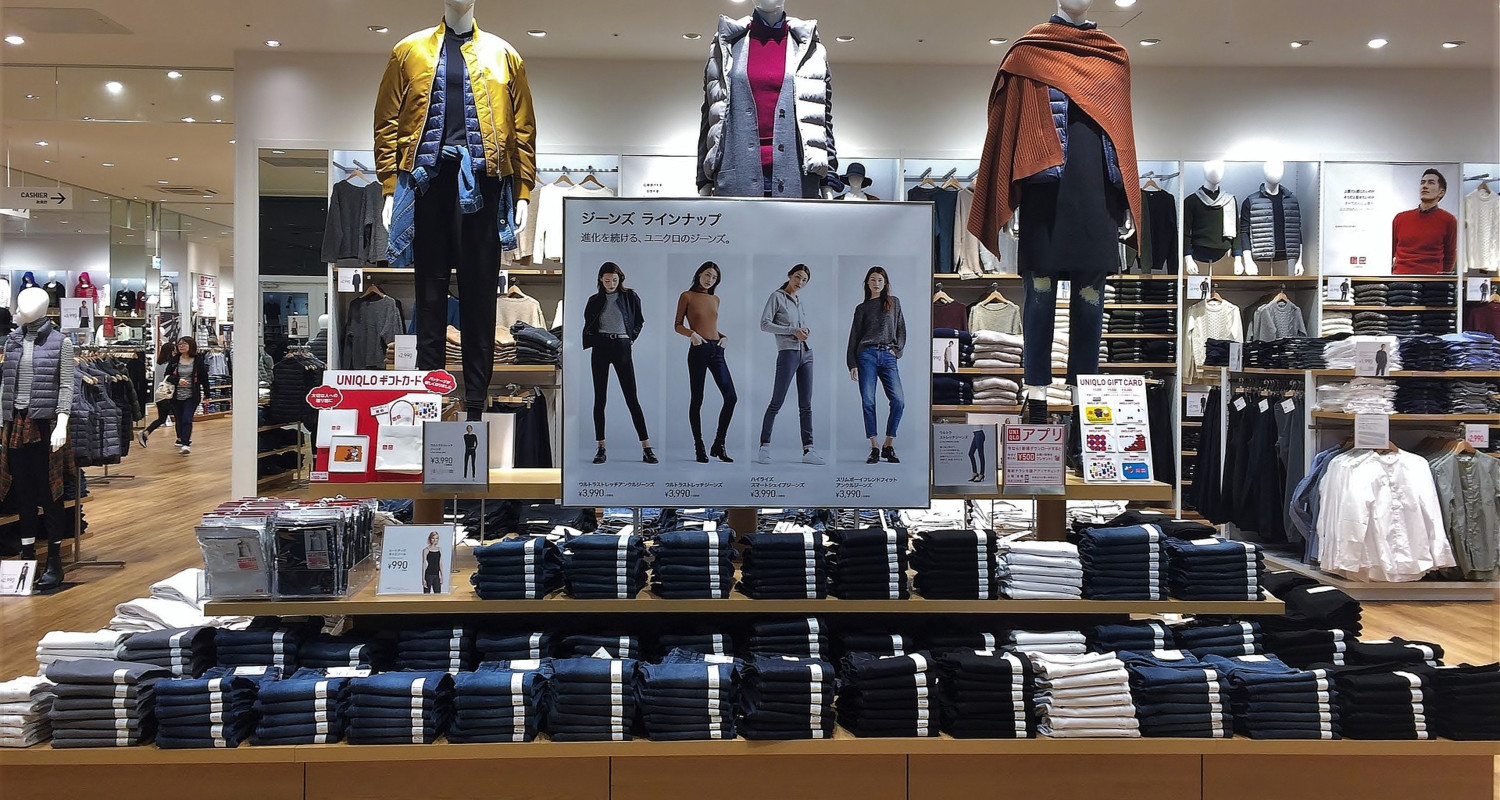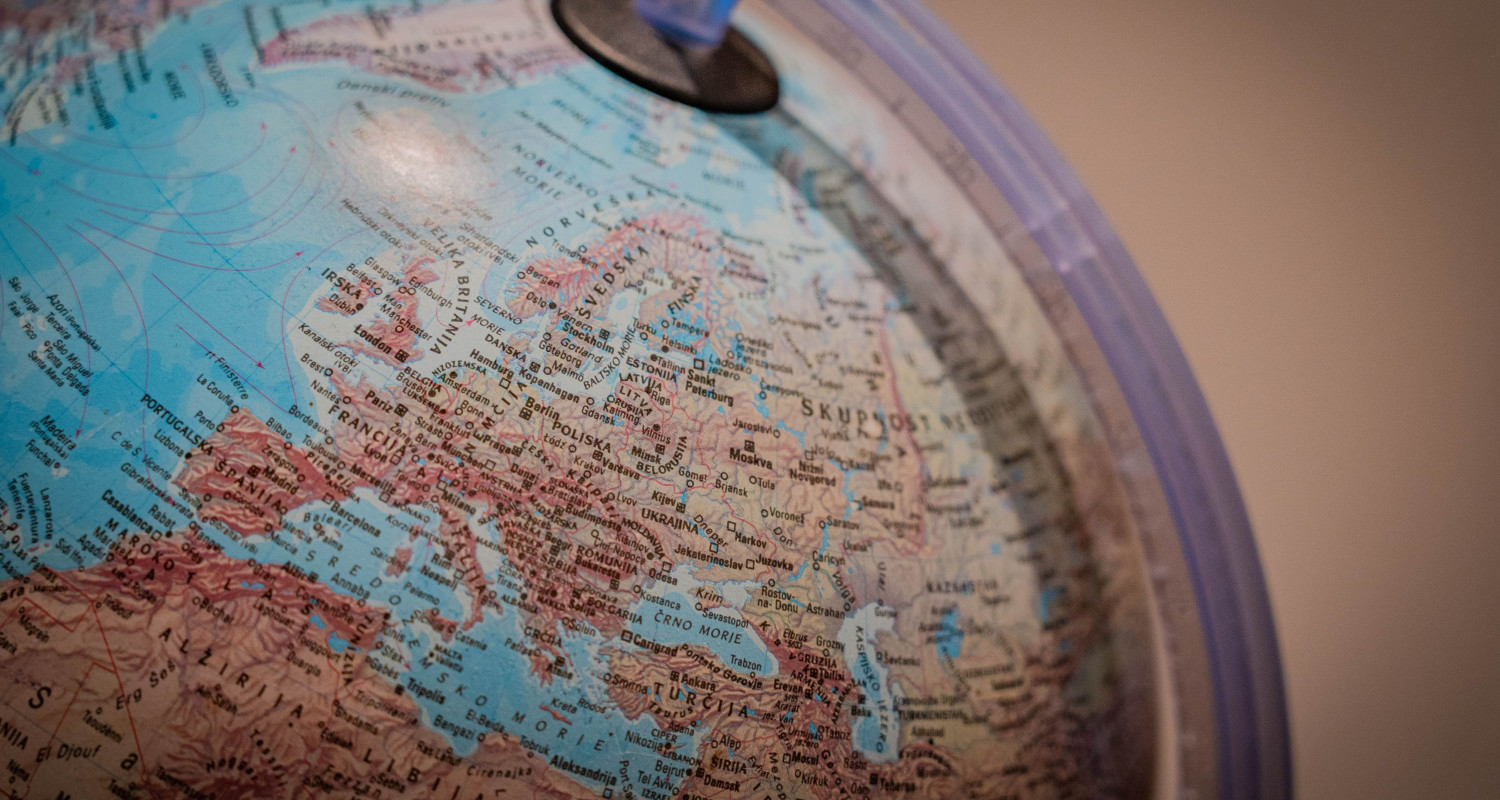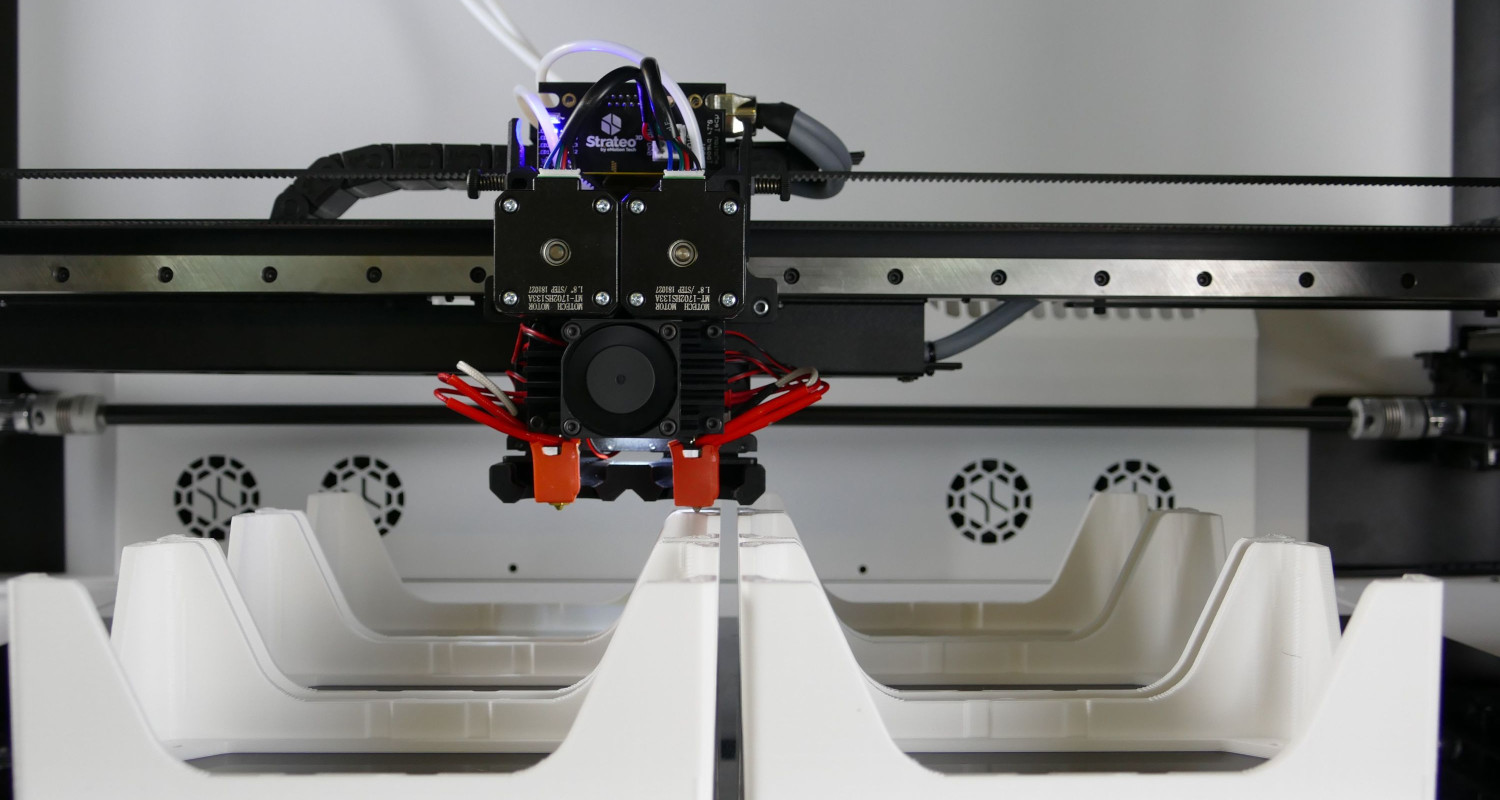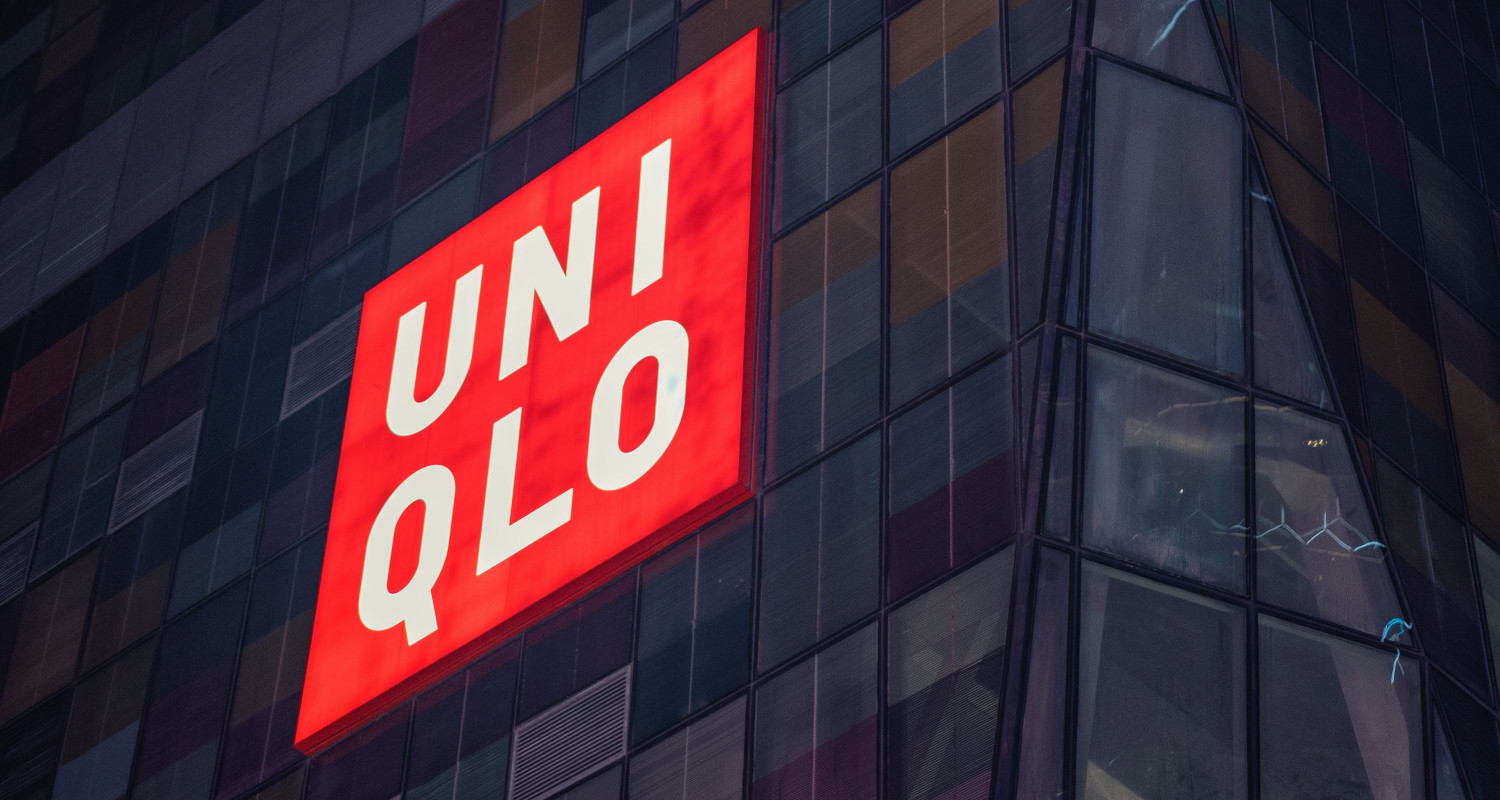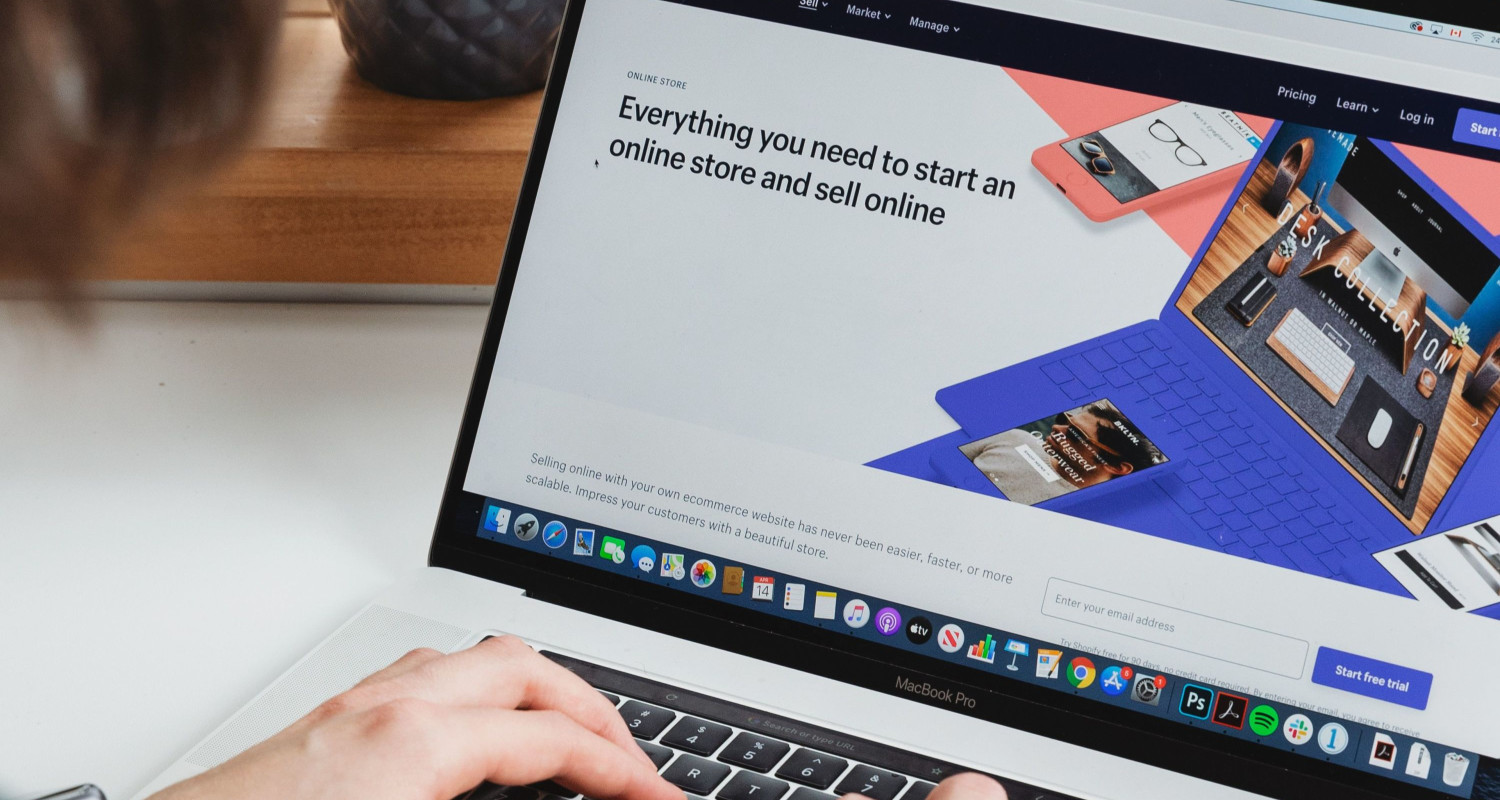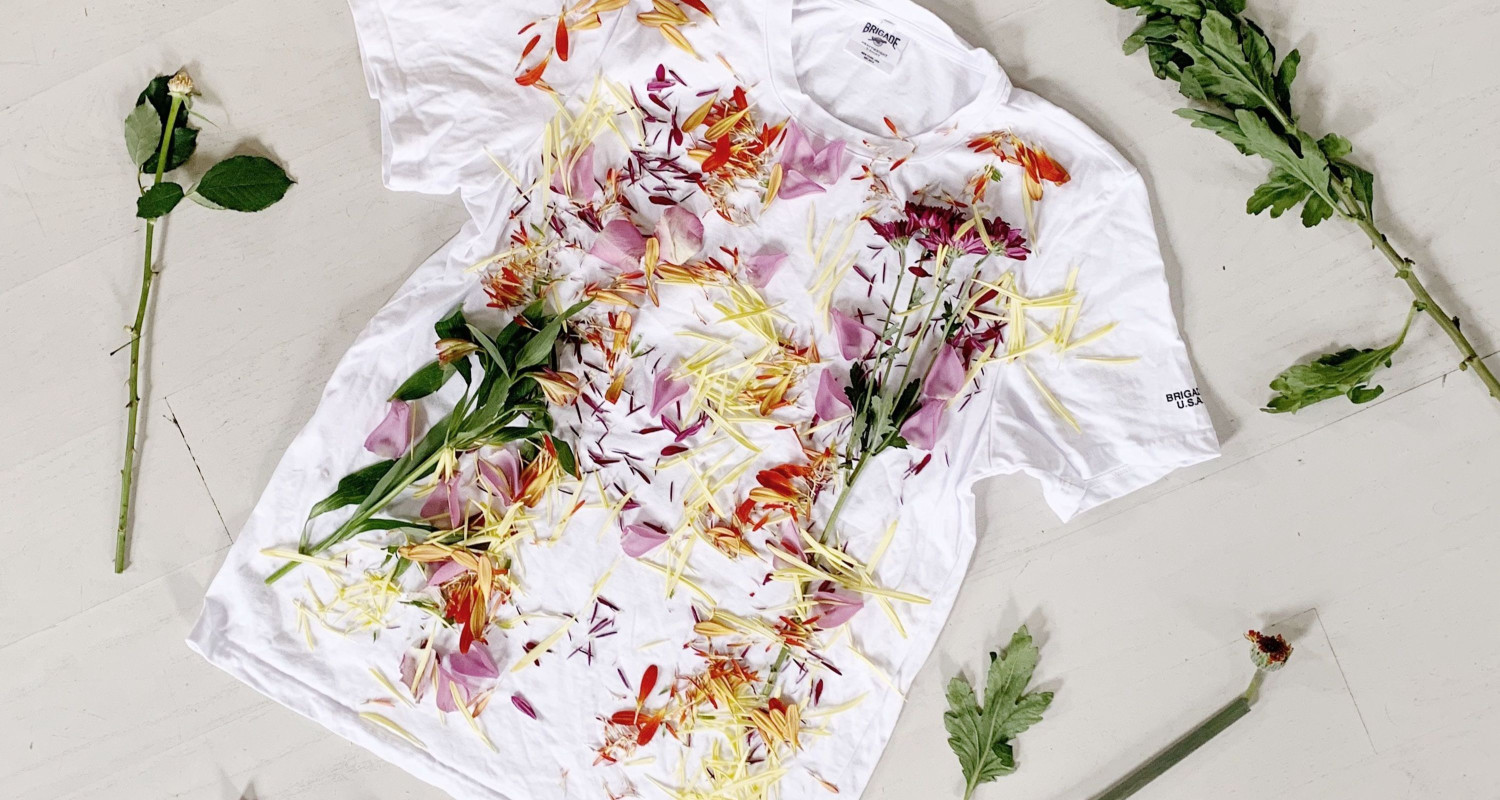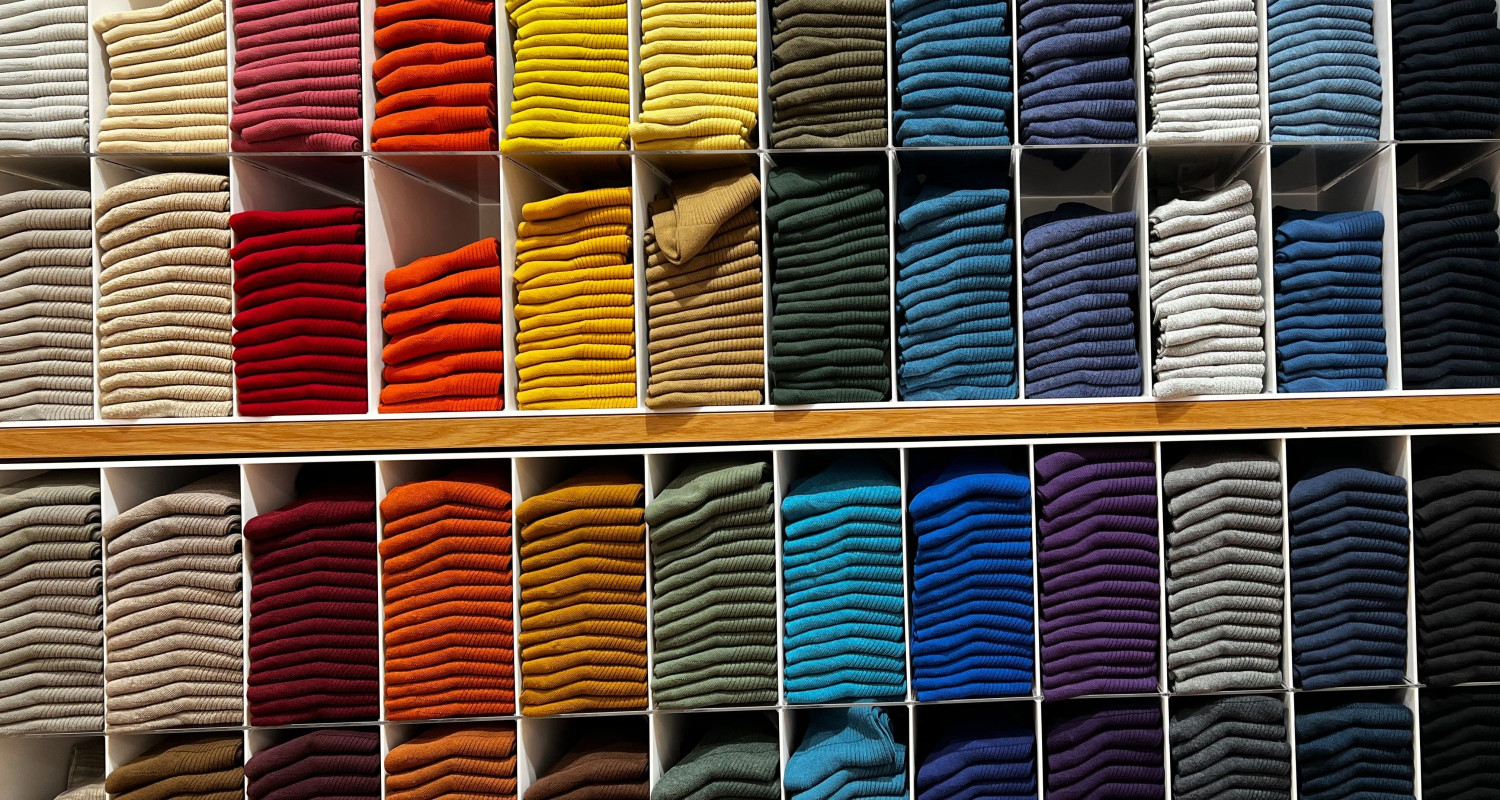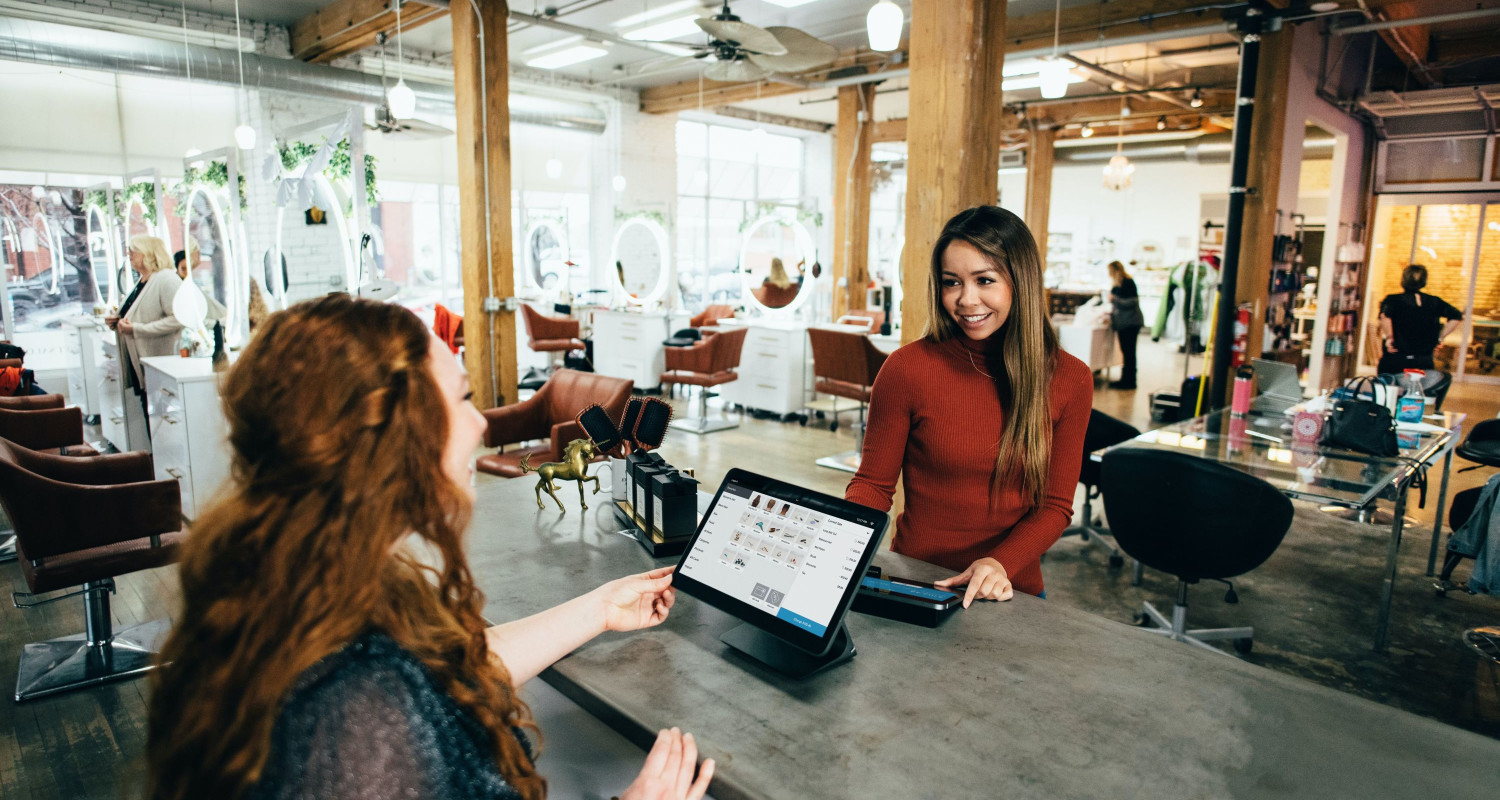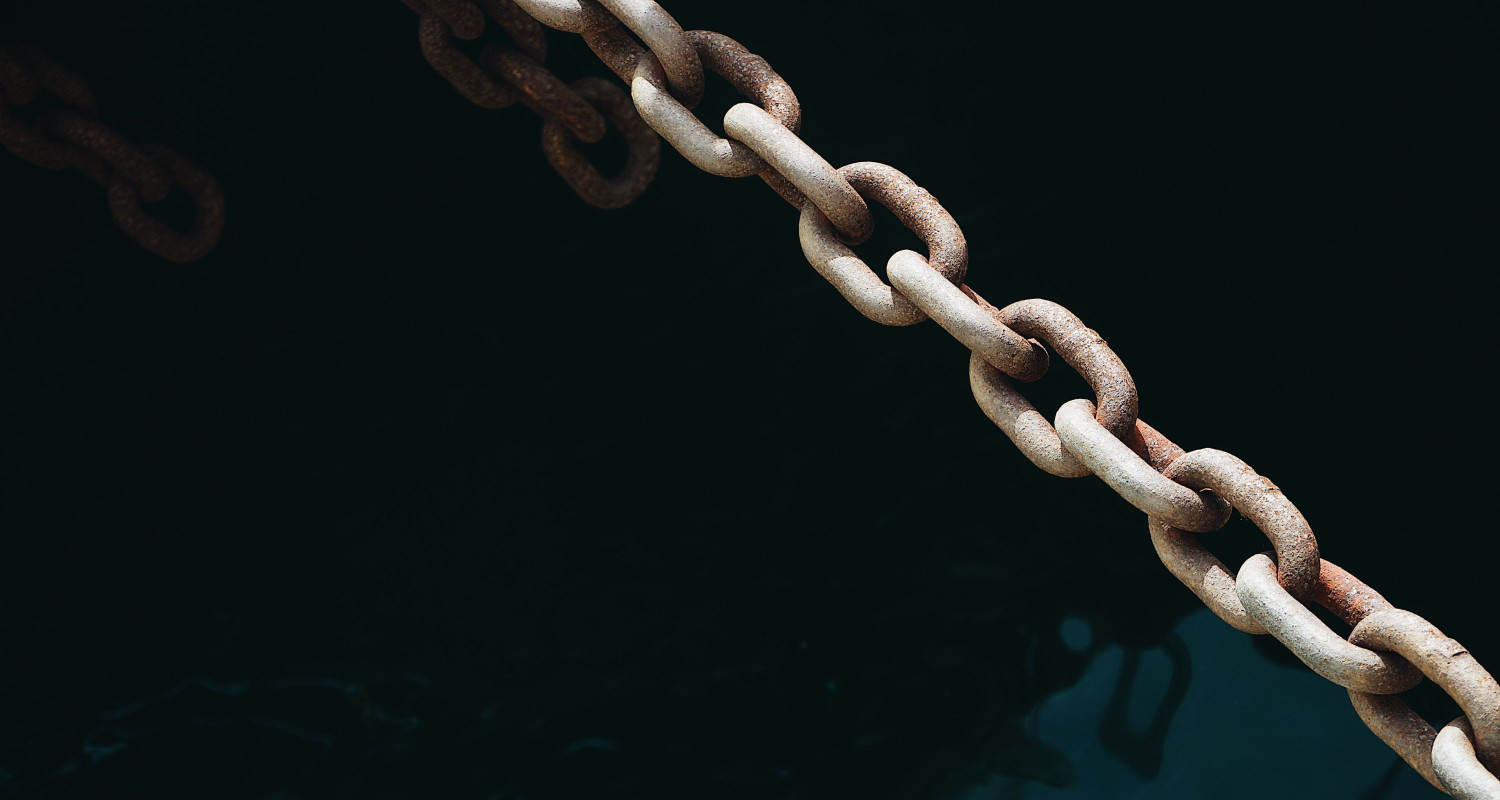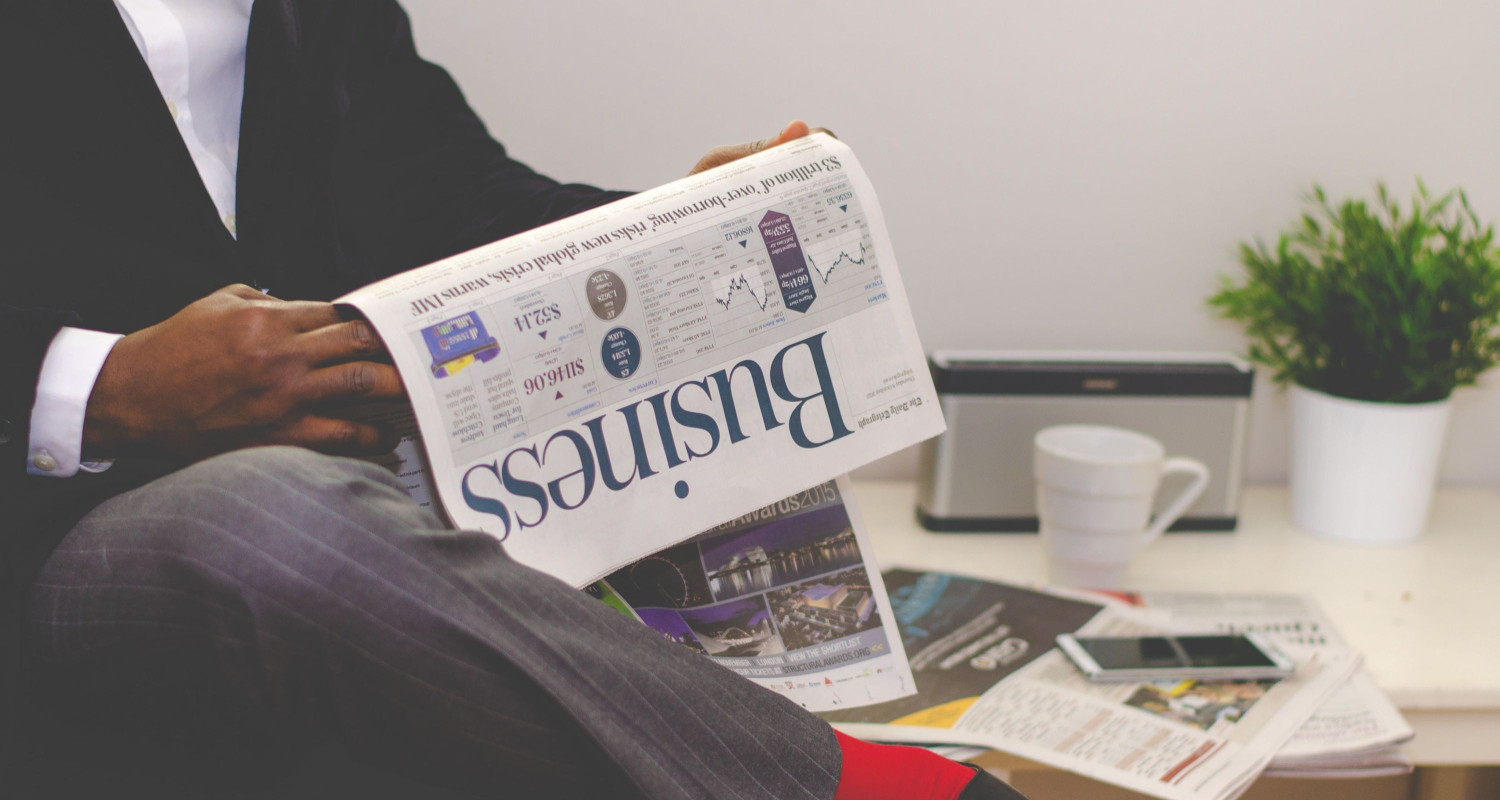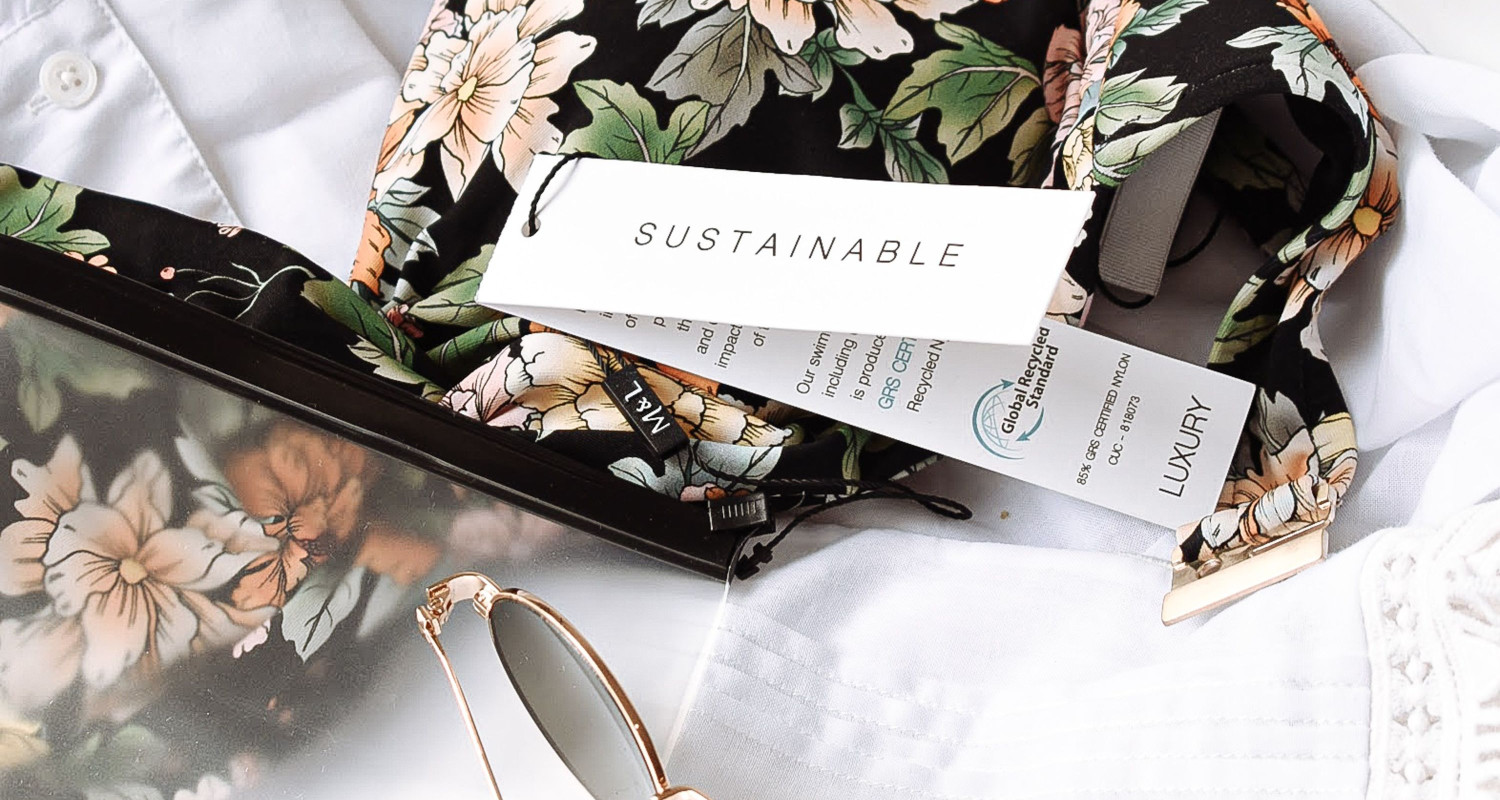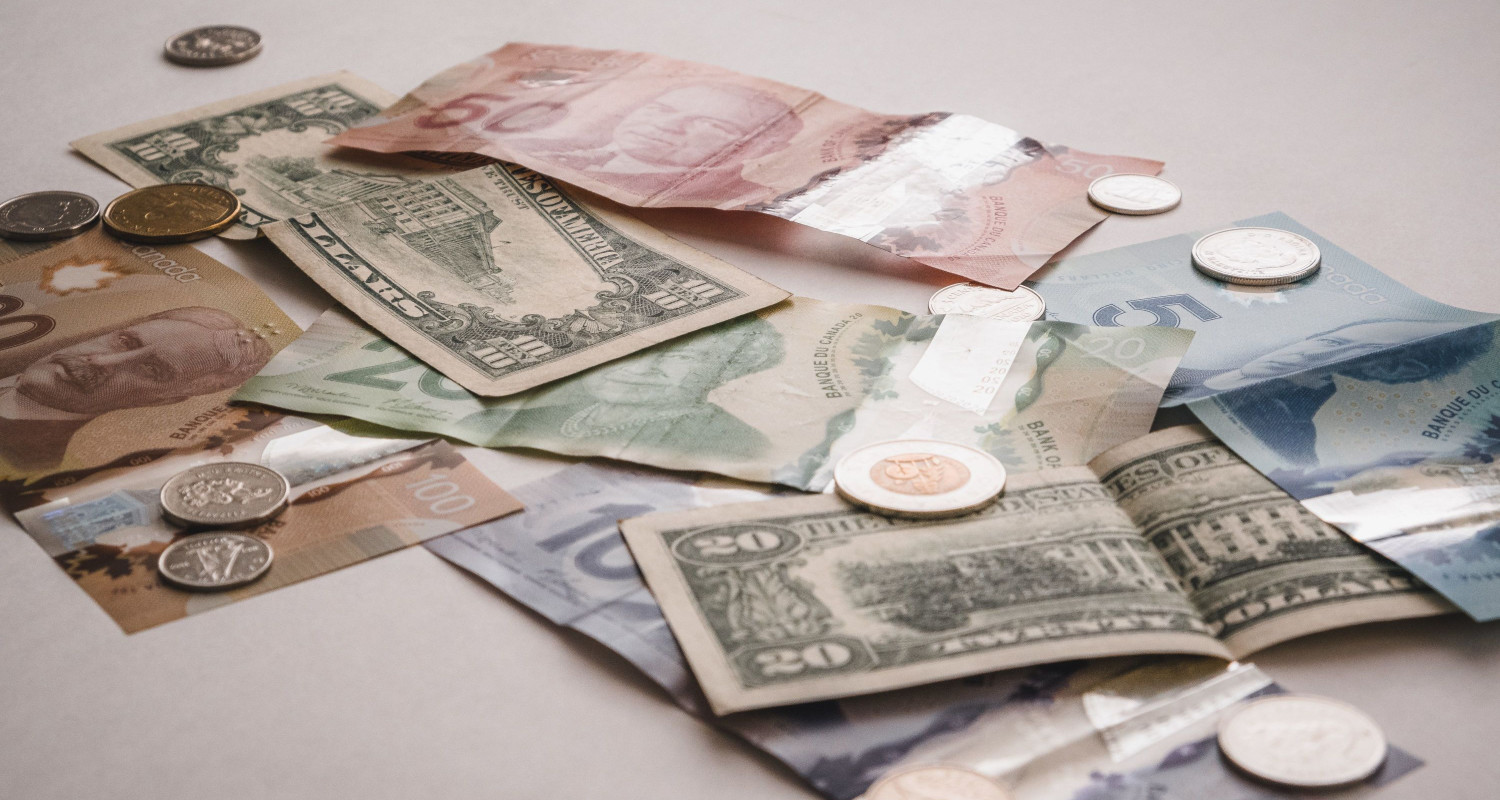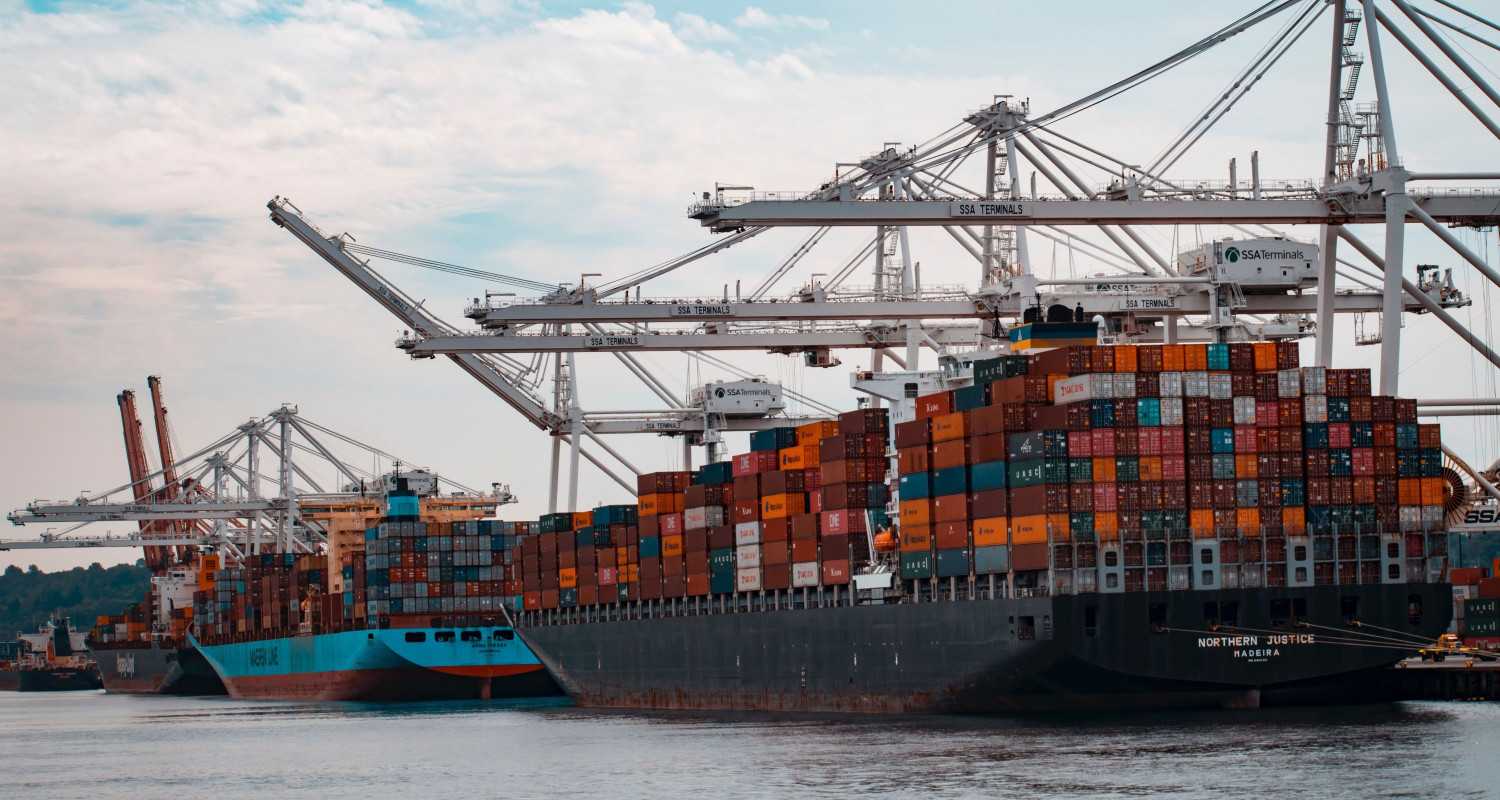We have chosen to perform a Uniqlo SWOT Analysis to identify the internal and external elements influencing the company’s operations.
In this article, we will discuss the strengths ( Quality, technology, supply chain, brand value, etc.), and weaknesses (less stock, dependence on outside manufacturers and physical stores), Opportunities(Growth, collaboration, and partnership), and Threats(Competition, foreign exchange, etc.) of Uniqlo.
Today’s post will be a delight for those who enjoy casual attire. Since we will talk about their favorite brand, Uniqlo, those with a taste for simple, cozy, and affordable clothing will find this post quite intriguing!
Uniqlo SWOT Analysis: Strengths
Let’s start with the Uniqlo SWOT analysis. Starting with the Strengths:
Superior, Cost-Effective Products
The items from Uniqlo are renowned for their excellent quality, practicality, and affordability.
Their production of classic fundamentals, as opposed to following fads in fashion, generates a steady market for their goods, according to Uniqlo swot analysis.
Specialized Textiles and Technologies
Incredible advantages, including comfort, heat retention, and lightweight warmth, are made possible by Uniqlo’s patented fabric innovations, such as HEATTECH, AIRism, and Ultra Light Down. As a result, Uniqlo has a market advantage.
Robust Supply Chain and Enterprise Architecture
Through internal design, manufacturing, and retail, Uniqlo’s “SPA” (Specialty store retailer of Private-label Apparel) strategy enables the firm to control its supply chain, maintaining constant product quality and cutting costs.
See Also: Retail SWOT Analysis: Things to Know About the Retail Industry
Worldwide Brand Awareness
With success, Uniqlo has grown its brand internationally.
The corporation is a well-known brand worldwide as of 2021, operating in over 25 countries.
Creative Retail Environment
Every Uniqlo store aims to offer a distinctive and reliable shopping experience.
They frequently use cutting-edge retail technologies and eye-catching visual merchandising in their enormous flagship locations.
Successful Partnerships and Marketing
With successful marketing campaigns and high-profile partnerships with designers, artists, and other businesses, Uniqlo has demonstrated its mastery of brand marketing.
These collaborations have improved Uniqlo’s brand recognition and expanded its market reach.
Sustainable Practises
Uniqlo has demonstrated its dedication to sustainability by launching programs like the All-Product Recycling Initiative, which allows consumers to recycle or repurpose their worn Uniqlo apparel in-store.
Robust Leadership
Tadashi Yanai, one of Japan’s most prominent businessmen and the founder of Fast Retailing, the parent company of Uniqlo, provides the organization with a beneficial vision and leadership.
Weaknesses
Minimal Stock Diversity
Unlike many competitors, Uniqlo concentrates mainly on essential, timeless apparel products that pander to the ‘quick fashion’ trend with often changing product lines.
This could reduce its attractiveness to consumers looking for in-vogue, seasonal looks.
Dependency on Outside Manufacturers
Uniqlo manages design and retail operations, while most of its manufacturing is outsourced to Asian companies, mainly in China.
This can put the business at risk for problems with the labor conditions in such factories or possible interruptions to the supply chain.
Variable Quality Control
Although Uniqlo is well renowned for its premium goods, it has occasionally come under fire for its variable product quality.
Preserving a high standard of quality is crucial to the brand’s standing.
Difficulties in Overseas Markets
In specific overseas markets, Uniqlo has encountered difficulties.
For example, it struggled to build a meaningful market share in the US because of fierce competition and low brand awareness compared to well-known regional companies.
Cost Strategy
Uniqlo presents its goods as high-quality yet affordable, which may turn off shoppers in areas where fast-fashion stores with lower prices are more common.
Issues about long-term viability Despite its best efforts, Uniqlo, like many fast-fashion companies, is criticized for its role in the fashion industry’s excessive water and waste consumption and other environmental issues.
Dependency on Physical Stores
Despite growing its online presence, Uniqlo’s business strategy primarily depends on physical retail locations.
This might be risky due to the increasing tendency of internet buying, which has been made worse by the COVID-19 epidemic.
Visit: Uniqlo SWOT Analysis
Opportunities
Growth into New Markets
Uniqlo is either completely absent from or very present in several markets.
By entering these markets, Uniqlo might considerably grow its clientele and earnings, according to Uniqlo swot analysis.
Improving E-Commerce Skills
As e-commerce takes off, Uniqlo can boost sales by investing in and improving its e-commerce skills.
This entails expanding their online exclusive selection, optimizing their delivery method, and upgrading their user interface.
Sustainable Fashion
Uniqlo has a chance to take the lead in creating sustainable fashion as customers’ concerns about sustainability grow.
This might entail encouraging recycling initiatives, ensuring ethical labor practices, and utilizing more eco-friendly products.
Collaborations and Partnerships
To increase its exposure and draw in new customer categories, Uniqlo may be able to take advantage of further partnerships with designers, celebrities, and other businesses.
Customization and Modification
These two concepts are becoming more and more popular in the retail sector.
Offering customized goods or services would allow Uniqlo to stand out from rivals and satisfy consumer demand.
Utilizing Data and AI
Uniqlo can enhance its customer insights and forecast patterns, streamline inventory, and customize marketing campaigns by utilizing data analytics and artificial intelligence (AI).
This might raise productivity and boost client satisfaction.
Brand diversification
Uniqlo has the potential to launch more varied designs to meet varying demands and tastes, even if it is best recognized for its classic, everyday apparel products.
See Also: SWOT Analysis For a Clothing Business: Should You Start It?
Continue to Develop Own Technologies
The business has succeeded with its apparel technologies, such as HEATTECH and AIRism.
Creating fresh, cutting-edge technology can help companies stay unique and attract customers.
Threats
Intense Competition
Many local and international businesses are fighting for market share in the fiercely competitive retail fashion sector.
Rivals include internet merchants like Amazon and international quick fashion labels like Zara, H&M, and Gap.
Changing customer Trends
Both customer tastes and fashion trends are subject to sudden changes.
Uniqlo may lose market share if it can’t adapt to these developments efficiently.
Disruptions to the Supply Chain
As previously indicated, Uniqlo primarily depends on producers abroad, mainly in Asia.
This puts the business at risk of disruptions from unanticipated occurrences, trade disputes, or geopolitical concerns.
Financial Unpredictability
Financial crises or economic downturns may harm consumer spending on apparel, impacting Uniqlo’s sales.
A contemporary illustration of this is the COVID-19 pandemic’s economic effects.
Sustainable and Moral Concerns
If Uniqlo adequately handles these issues, it can come under fire from consumers and face more scrutiny over the fashion industry’s labor and environmental practices.
Foreign Exchange Risk
Uniqlo faces foreign exchange risks due to its global operations.
Currency exchange rate fluctuations may have an impact on the profitability of the business.
Regulatory Shifts
Modifying laws or rules in the nations where Uniqlo conducts business may be dangerous.
For example, changes in labor legislation, import/export rules, or trade policies may affect how the company operates.
See Also: Tesla SWOT Analysis: Everything You Should Know
FAQs
What is Uniqlo known for?
Renowned for its casual and minimalist aesthetic, Uniqlo is a Japanese fashion company that prides itself on providing high-quality apparel at an inexpensive price.
Who owns Uniqlo?
Multinational Japanese retail holding firm Fast Retailing Co., Ltd. owns Uniqlo. Among the significant personalities connected to Uniqlo is Tadashi Yanai, the pioneer of Fast Retailing. Uniqlo has grown into an influential fashion brand with a strong international footprint and leadership team.
Where does Uniqlo make their clothes?
While Uniqlo produces its apparel across several nations, a sizable amount is produced in Asian countries, including Bangladesh, Vietnam, and China.
Conclusion
The Uniqlo competitor analysis and Uniqlo SWOT analysis comprehensively show the company’s competitive standing in the fashion sector. The solid basis is provided by Uniqlo’s strengths, particularly its excellent brand awareness and operational efficiency. However, the results also point to geographical concentration and product differentiation constraints.
Uniqlo has opportunities, such as international expansion and environmental efforts. Still, it must contend with tough competition from heavyweights in the sector, like Zara and H&M, and an unstable economic environment.
To maintain its position as the industry leader in fashion, Uniqlo needs to focus on its brand identity, improve its methods for differentiating its products, look into new markets, and prioritize sustainability.
Based on Uniqlo SWOT analysis, it can establish a strong market position in the high-end apparel sector.

